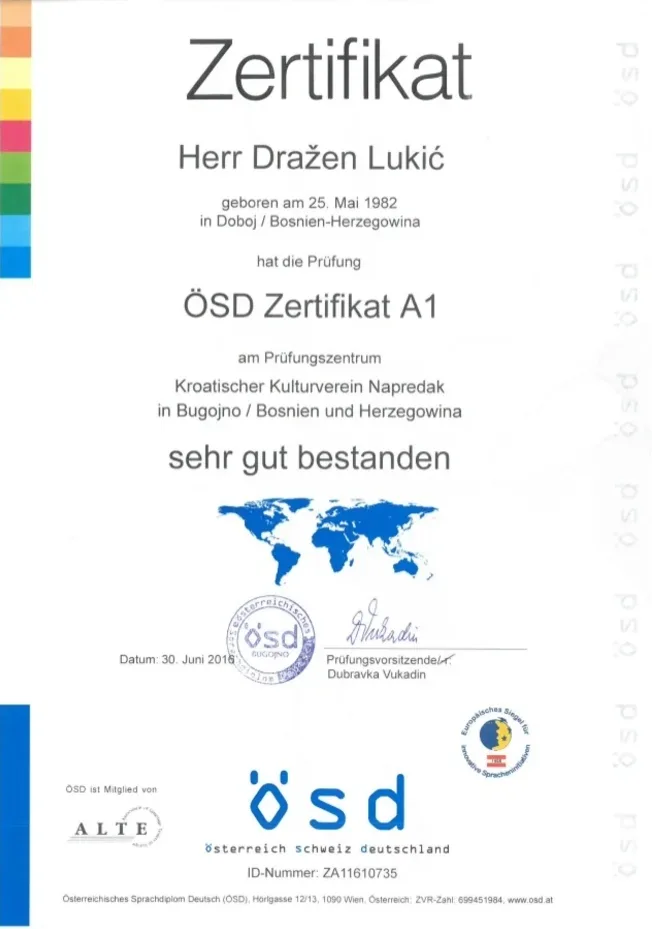15 Things You've Never Known About Integrated German Model
Understanding the Integrated German Model: A Comprehensive Overview The integrated German design, often referred to as the “German model,” is an unique system that links economic growth, social equity, and a strong concentrate on employment training. It has amassed attention for its capability to preserve a high level of employment, strong commercial production, and a robust well-being state. This short article explores the elaborate layers of the integrated German model, examining its history, structure, advantages, and prospective challenges. By the end, readers will have a clearer understanding of this noteworthy financial structure and its implications for other countries. Historic Context Germany's financial structure has actually evolved considerably over the previous century. The post-World War II era brought about the need for restoration, leading to the facility of a social market economy. Social market economy principles concentrated on stabilizing free-market commercialism with social policies that make sure fair competition and a safety web for citizens. Over the years, the country's economic policies have actually adapted to internal shifts and worldwide changes. The reunification in 1990 presented brand-new obstacles and opportunities, prompting changes in labor laws, training programs, and welfare arrangements. This evolution has actually led to the existing integrated German design, which incorporates various sectors and stakeholders. Secret Features of the Integrated German Model The integrated German design is identified by several crucial elements that work cohesively to promote financial stability and social equity: 1. Vocational Training and Education A foundation of the German model is its dual education system, which combines class learning with practical on-the-job experience. Apprenticeship Programs: Students typically get in occupation programs at age 16, where they invest part of their time in a business and the other part in school. Industry-Specific Training: Companies play a crucial role in training staff members customized to satisfy the specific requirements of their market. 2. Strong Bilateral Relationships The integrated model helps with cooperation amongst stakeholders, consisting of: Industry and Trade Unions: Open discussion encourages collective bargaining and cooperation. Government: The state develops policies that promote a balanced relationship between service and labor interests. 3. Social Security Systems Germany's welfare state is detailed, created to offer people with: Healthcare and Pension Schemes: Universal health care, retirement advantages, and joblessness insurance are fundamental elements of the welfare system. Support for Families: Childcare assistance and adult leave initiatives show a dedication to family well-being. 4. Economic Stability Germany's financial framework stresses: Export-Led Growth: With a strong production base, Germany is one of the world's leading exporters, focusing on quality and development. Fiscal Responsibility: The government maintains sound fiscal policies to guarantee long-term financial sustainability. 5. Environmental Sustainability Just recently, the German model has likewise integrated principles of sustainability, ending up being a frontrunner in renewable energy and environmentally friendly practices. Advantages of the Integrated German Model The integrated German model provides numerous benefits that have made it a topic of adoration around the world: Low Unemployment Rates: High levels of trade training cause a proficient labor force that satisfies industry demands. Strong Economic Performance: Germany has one of the biggest economies in the European Union and one of the strongest internationally, with a low average debt-to-GDP ratio. Social Cohesion: By guaranteeing broad access to social benefits, the model helps to reduce inequalities and supports social mobility. Promoting Innovation: Close cooperation between businesses and universities fosters a culture of development. Difficulties Faced by the Integrated German Model Regardless of its benefits, the integrated German design is not without obstacles. Aging deutschkurs österreich : Germany deals with group shifts that might strain its social security system and labor force accessibility. Global Competition: Increased globalization and competitors require constant adaptation and development within markets. Regional Disparities: Economic distinctions between Eastern and Western areas still continue, stemming from historical factors and varying levels of investment. FAQs Q1: What makes the German trade training system distinct? A1: The dual education system combines theoretical knowledge with useful training in a work environment, making sure that students get relevant abilities that meet market needs. Q2: How does the integrated German model promote social equality? A2: By supplying extensive social well-being programs and making sure access to education and task training, the design develops a framework that supports social mobility and lowers financial variations. Q3: What function does the federal government play in the German financial model? A3: The federal government regulates and helps with cooperation in between companies and labor unions, develops social welfare policies, and buys education and infrastructure to promote economic growth. Q4: Can other nations adopt the integrated German model? A4: While aspects of the integrated German model could be adapted or embraced by other countries, the special historical, cultural, and financial contexts must be thought about for effective execution. Conclusion The integrated German model stands as a robust and versatile financial structure that stresses employment training, social equity, and cooperation in between government, industry, and labor. While difficulties exist, its strengths have actually made Germany a leading example of how a well balanced approach can yield substantial benefits. As other countries seek to revitalize their economies and improve social welfare, understanding the intricacies of the integrated German model could offer important insights for future policies. 